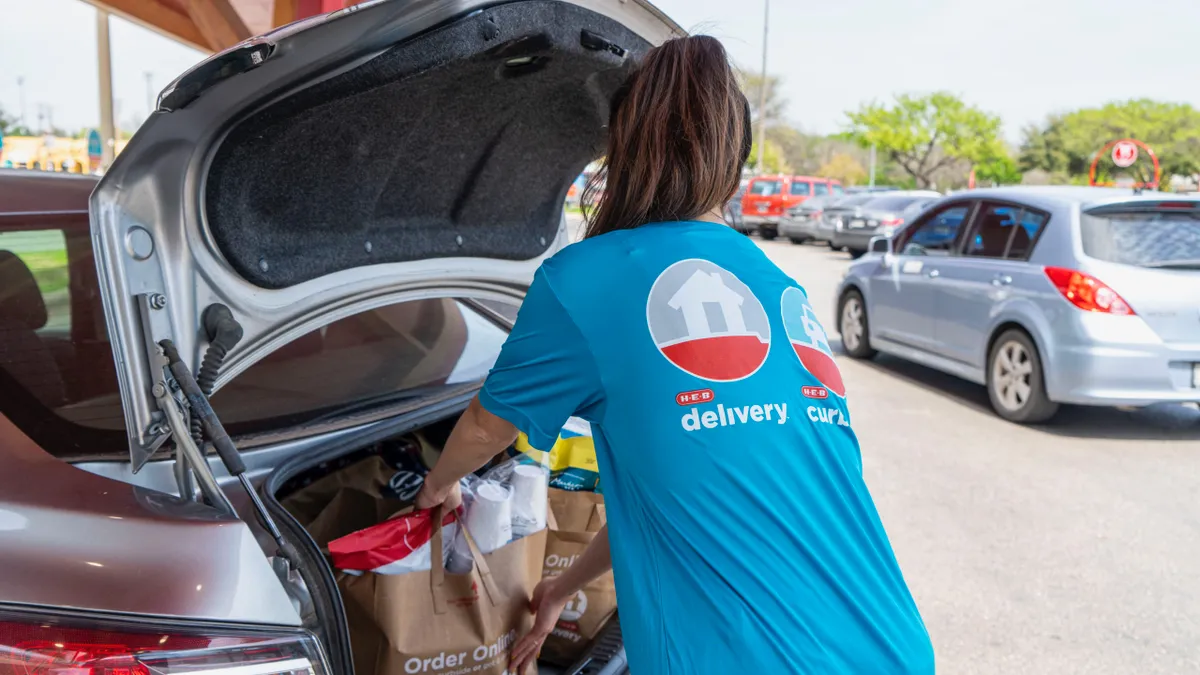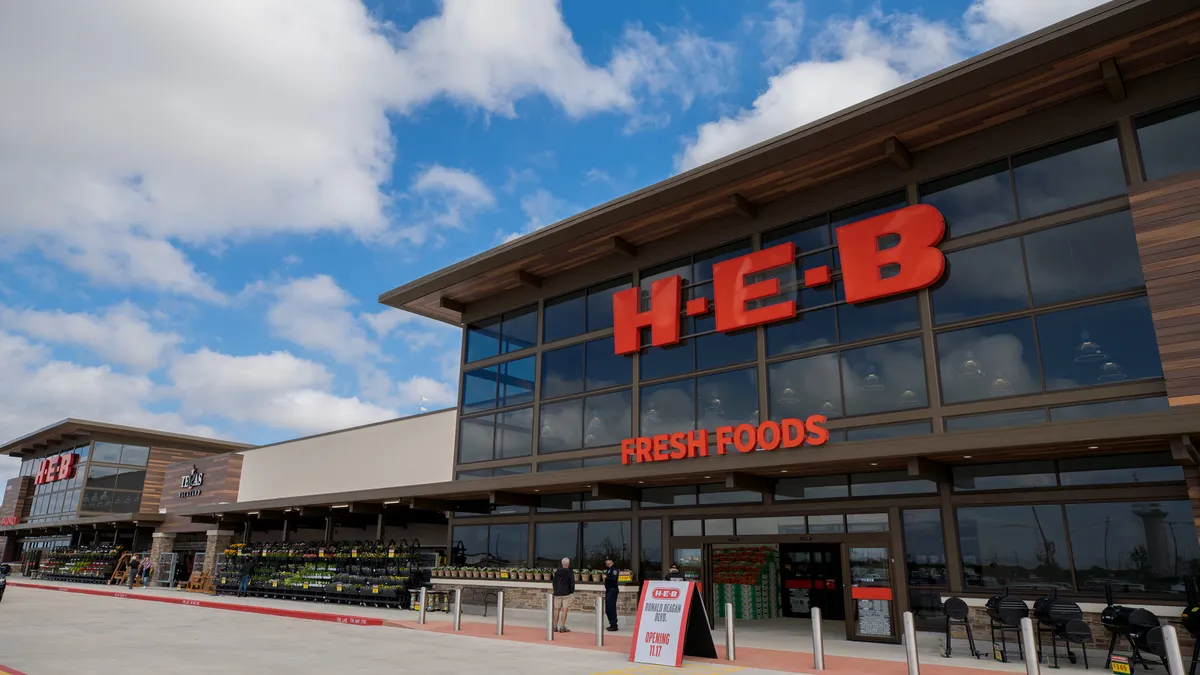Victoria Gustafson is the CPG/grocery strategy vertical lead at Astound Commerce.
The battle for grocery delivery is heating up.
Six months after Amazon acquired Whole Foods, the company announced that it would test free same-day delivery for Prime members in four U.S. cities. This comes in the same month that Instacart raised another $200 million (at a $4.2-billion valuation), while Target begins integrating same-day delivery with its Shipt logistics service.
It’s clear that the consumer desire for convenience — and instant gratification — is higher than ever, and grocers are listening. But that convenience will come at a cost for both offline and online shoppers alike as the challenges of e-commerce reduce already thin margins for grocery chains. While Prime shoppers might revel in free deliveries from Whole Foods, all shoppers (both online and off) will end up footing the bill — at least in the short term.
Here are the challenges grocers will face in the wake of these changes and how they could overcome them:
The cost of e-commerce logistics
Convenience isn’t cheap. While there are variables retailers can address to lower the costs of same-day delivery, these costs exist and will ultimately fall on the customers. Here are the three cost drivers of local e-commerce logistics:
-
Time it takes for a professional shopper to complete a basket: Shopping time depends on a number of variables, which will inevitably inform customer experience strategies. First, grocers must consider how shopper-friendly are physical stores. Are they organized well and easily navigable? How long are shoppers spending trying to find products? If professional shoppers can’t find products, the customer experience suffers and cost increases.
Shopping time also depends on how accurate a grocer reflects the on-shelf assortment when a customer places an order, which is posing increasing challenges (especially at Whole Foods, where a new inventory system has recently damaged employee morale and led to product shortages). If customers order products through Prime or Instacart that are out of stock, they must approve any substitutions — a process that adds more time and frustration.
-
Labor costs: Labor costs include the actual shoppers finding and delivering products, whether through services like Instacart or through Amazon’s Prime delivery services. Since the time it takes to shop a cart also directly increases labor costs, a smart store layout that reduces shopping time can also significantly decrease these costs.
-
Last-mile delivery cost: The main variables affecting the cost of last-mile delivery are the distance from customers to physical locations and whether order consolidation opportunities exist or not.
The challenges of Instacart
Instacart’s model largely passes on these costs directly to customers, with final prices often surging as much as 40% higher than the product themselves after price premiums, services fees, delivery charges and shopper tips. Considering customers are paying such a premium for convenience, delivery mishaps come with severe consequences. Labor-intensive substitution approvals and back and forth between shoppers and customers can defeat the purpose of the service.
As one Chicago customer said: “Each time I order from Instacart, I feel guilty. I pay much higher prices, and the amount of back and forth with the shopper makes me feel like I went to the store anyway.”
For Instacart to remain viable in an increasingly competitive space, the service will have to solve these user experience (UX) issues that diminish its value proposition to customers. And it must reduce costs to be competitive as Amazon piles on the pressure.
Instacart can do this by partnering with grocers, encouraging them to better reflect accurate product assortment in real time and report out-of-stock products faster — or make a commitment to avoid them. Additionally, they can work to establish shopper-friendly Instacart locations or set aside warehouse space to store frequently purchased items to reduce customer pain points.
Grocers' next steps
Whether using its own delivery service or partnering with third-party services, adapting to same-day delivery models will add costs for all grocers. But they’ll be forced to do it to effectively compete in the new e-commerce war. These developments will eat even further into already thin margins, which ultimately has implications for all customers — whether they’re using delivery services or not.
Unless grocers can pressure manufacturers to reduce wholesale costs (an unlikely scenario), customers will foot the bill for increasing infrastructure costs. So while online customers (users of Instacart, for example) will benefit through lower delivery charges, in-store shoppers will likely see higher prices without reaping the rewards. And if this price inflation is substantial, grocers will need to strategize to accommodate changing shopping habits.
The grocery retail space has lagged behind other verticals for a long time when it comes to e-commerce, but it’s finally catching up. Grocers need to take this opportunity to streamline their entire supply chain to accommodate the new nature of e-commerce. These investments will be substantial but can be recovered quickly through operational savings — if done properly. This will allow retailers to avoid raising prices long-term and completely alienating customers.
Now the race begins for which retailers can accomplish this task — and the ones who can’t will face dire consequences. In the long run, smart retailers will emerge with better supply chains that can adapt to this new reality.









